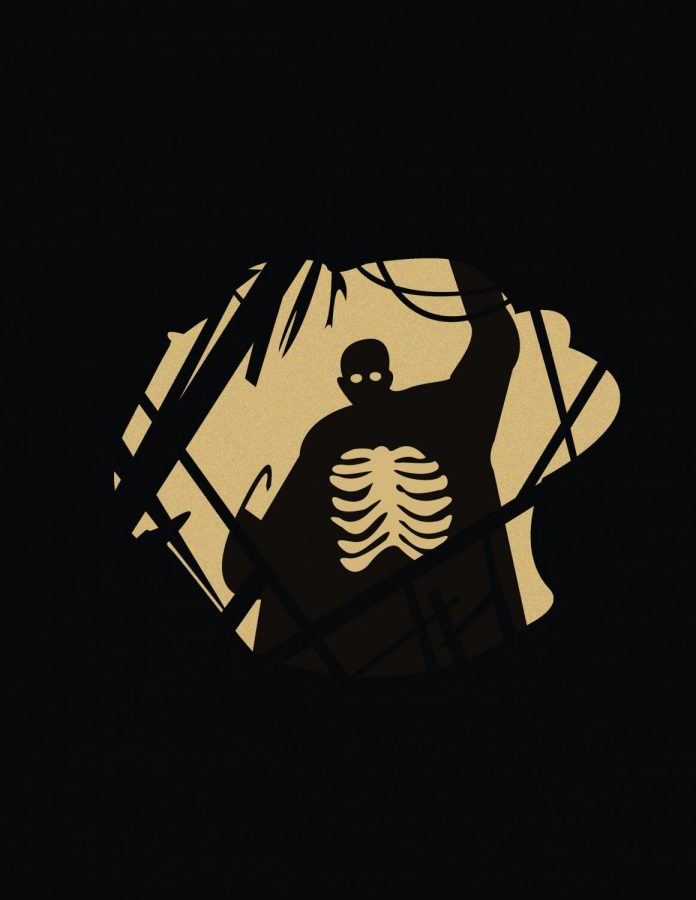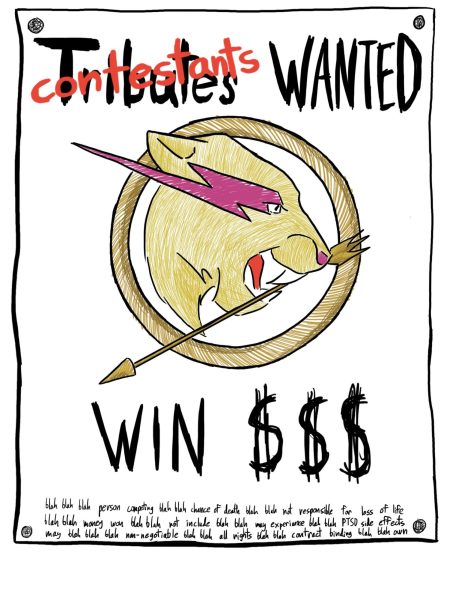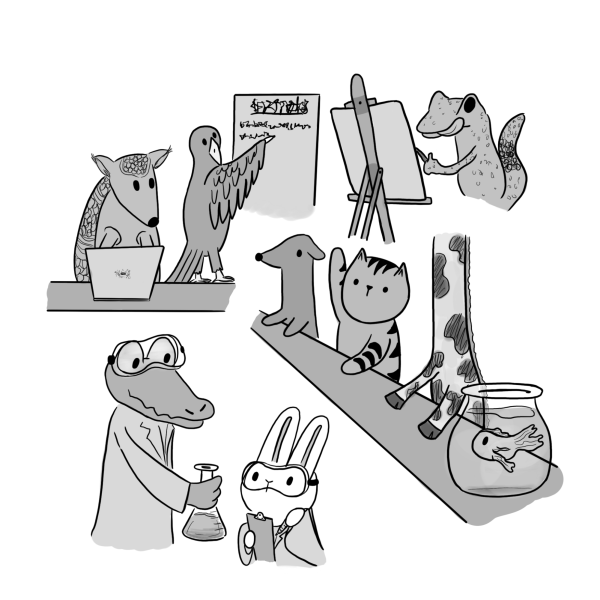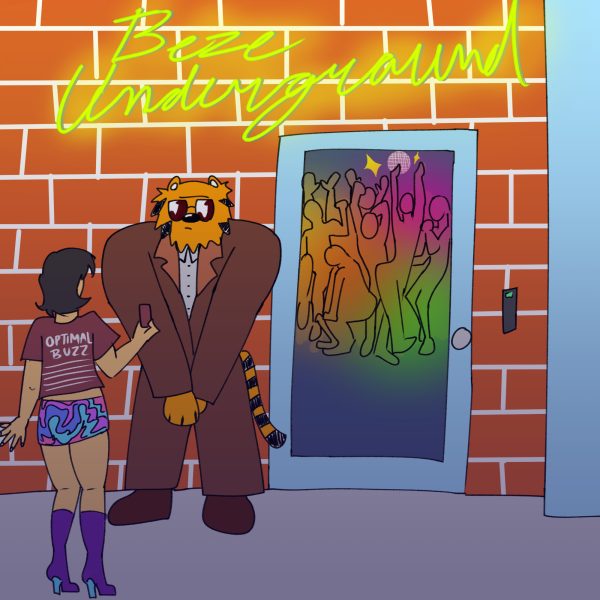Tell Everyone: The Poignancy of 2021’s “Candyman”
Candyman film expertly combines horror and social commentary
It’s been almost a year since I wrote my first piece on the film “Candyman” from 1992, in which I argued that it was much more than just the Bloody Mary-esque slasher movie that many people perceive it to be. Rather than being only a supernatural slasher, writer-director Bernard Rose made the film focus on the themes of race and social class in the United States, specifically the Cabrini-Green public housing projects in Chicago. I highly appreciated that the film was able to discuss all of these themes while being a mostly straightforward slasher. However, in retrospect, I would say that the film’s social commentary should probably have been tackled differently… as was the case in the latest film.
But first, let’s talk about the 2021 film “Candyman”, which is a direct sequel to the original film. The film was directed by Nia DaCosta (director of “Little Woods” and the upcoming “The Marvels”), who co-wrote the script alongside Academy Award-winner Jordan Peele of “Key and Peele,” “Get Out” and “Us” fame. The film follows artist Anthony McCoy, who moves into the gentrified Cabrini-Green neighborhood, where he discovers the legend of Candyman. He uses the legend as a basis for his art but ends up paving the way for waves of violent murders and the unraveling of his own sanity.
One of the elements of this film that makes it immediately different from the rest of the films in the franchise is that this is the first to actually be helmed by a Black filmmaker, whereas all of the others were made by white men. Not only does that serve as good representation for the franchise, but it also fixes one of the issues that audiences had with the original film. They felt that the original films were written from the perspective of white people who truly don’t understand what it was like to be Black in the United States. However, with the new film being written and directed by African American artists (not to mention that the protagonist is Black this time around), the film is finally able to address the topics at hand from an insider’s perspective rather than from a white man.
SPOILERS FOR 2021’s “CANDYMAN”
Another big change is the way the story presents Candyman as a character. The first movie established that he is the ghost of a Black man in the 1800s who was lynched for falling in love with and impregnating a white woman. Now with the new film, we’re introduced to the concept of there being numerous Candymen. The Candyman who’s more present in this film is a man from the 60s or 70s who was falsely accused of handing out pieces of candy with razor blades in them to children after a white girl found one in her Halloween candy. Following that revelation, we get a line that fleshes Candyman out even more: “Candyman isn’t a he. Candyman’s the whole damn hive.” Instead of Candyman being a single victim of racism, Candyman represents all of them, and with all of that, the main story is about Anthony being turned into Candyman through a lot of bizarre body horror stuff but also with the manipulation of a man named Burke, who wanted to essentially make people remember Candyman again. The legend of Candyman is only alive because of his following.
And with that, Candyman is back. In the final scene, Anthony is shot by the police in the arms of his girlfriend Brianna. Although a police officer tries to blackmail her into lying about everything that occurred, she instead summons Candyman, who appears in the form of Anthony and kills all of the police officers.While Brianna escapes, she sees Candyman surrounded by bees as he kills the final police officers. The bees then clear to reveal Tony Todd (the original Candyman actor) as he looks at her and says “Tell everyone.”
Overall, the new “Candyman” film is a truly powerful horror film with even stronger social commentary, and although I still really love the original film from Bernard Rose, I would prefer for audiences to give the new film all of the love that the original film has received over the past 29 years. Then again, this film has made Nia DaCosta the first Black female director to have a movie premiere at No. 1 at the box office, so at the very least, the film has already made history, but the point still stands: more people should watch the movie. “Tell everyone.”

Hello! My name is Om Dighe (he/they), and I am an Arts Columnist. I am a senior from Spring, TX, majoring in Communications and double minoring in Film...








Mum • Sep 17, 2021 at 10:08 am
Great read Keep them coming!
Keep them coming!